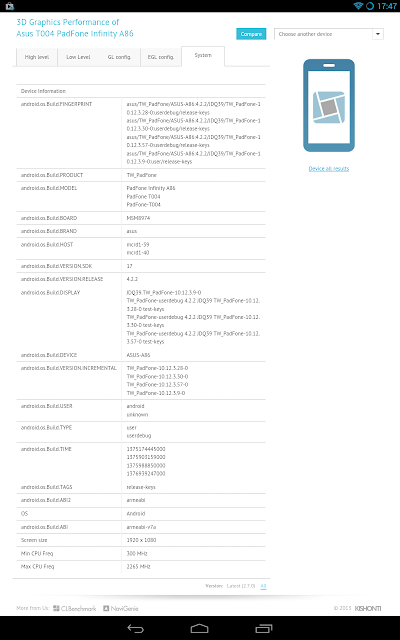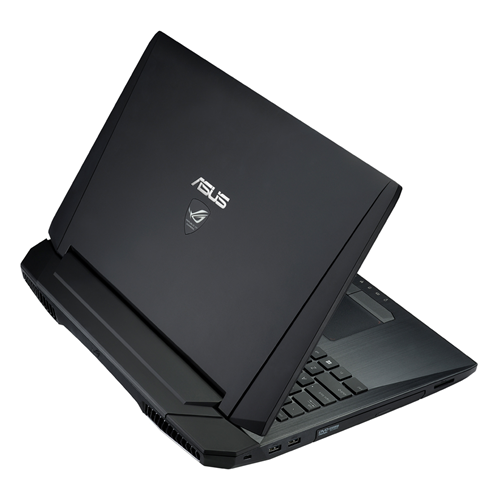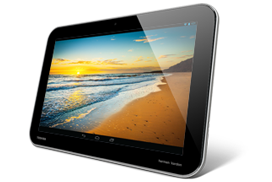Many flagship smartphones released during the first half of 2013 were powered by Qualcomm's Snapdragon 600 processor, prior to the release of the much more powerful Snapdragon 800. Instead of waiting one year to release a new flagship to deploy the faster SoC, many OEMs seemed like they couldn't wait to release a Snapdragon 800-bearing flagship. Samsung promptly released an LTE-A capable Galaxy S4 variant with the Snapdragon 800, and Sony has released the 800-powered Xperia Z Ultra, and now ASUS is also apparently joining the Snapdragon 800 party. Recent leaks on popular graphics benchmark GFXBench's online database reveal a Snapdragon 800-bearing PadFone Infinity smartphone.
The device is named "Asus T004 PadFone Infinity A86". The T004 and A86 designations must be device model numbers or something like that. The device runs on the MSM8974 chipset, which corresponds to a Snapdragon 800 model. The leaked device has a 1920 x 1080 resolution, like the current PadFone Infinity, and runs Android 4.2.2.
Just for a recap, the Snapdragon 800, Qualcomm's most powerful SoC, contains four Krait 400 cores clocked at up to roughly 2.3GHz, plus a groundbreaking Adreno 330 GPU and dual-channel DDR3L-1600 memory (12.8 GB/s max).
The benchmark scores for the leaked PadFone device are simply breathtaking. Don't think that the scores are bad just because they're behind the Snapdragon 800 Galaxy S4, as this S4 variant is in first place in GFXBench's database (Hell, it beats the Nvidia Shield). This new PadFone Infinity is also at the very top of the benchmark charts with almost identical scores to the Xperia Z Ultra. Considering that in the beginning of the year the fastest devices were achieving 12fps on the T-Rex HD test, it's impressive to see how Qualcomm is driving mobile performance forward (and you're hearing this from a Tegra fan), doubling the performance in just half a year. 23.1fps on the T-Rex test is a very impressive score. The device also rendered some impressive scores in the Egypt HD test, getting close to the vsync limit in the Onscreen test. Fill rate is also pretty impressive, beating the Nexus 10 and getting close to the iPad 4 (the PadFone Infinity needs just about half of what these devices need due to their higher resolutions). Triangle Throughput is also very good. Even though the PadFone Infinity (along with just about every other Android device) still pales compared to the iPad 4 in terms of Triangle Throughput, the Adreno 330 will almost definitely never be bottlenecked by that factor.
Of course, all this information is to be taken with a grain of salt, as there is no way to confirm their validity. However, with the IFA event in Berlin just around the corner, it makes a lot of sense for ASUS to refresh their smartphone flagship at this time. I guess we'll have to wait until September 10 to find out whether this device is real.
The device is named "Asus T004 PadFone Infinity A86". The T004 and A86 designations must be device model numbers or something like that. The device runs on the MSM8974 chipset, which corresponds to a Snapdragon 800 model. The leaked device has a 1920 x 1080 resolution, like the current PadFone Infinity, and runs Android 4.2.2.
Just for a recap, the Snapdragon 800, Qualcomm's most powerful SoC, contains four Krait 400 cores clocked at up to roughly 2.3GHz, plus a groundbreaking Adreno 330 GPU and dual-channel DDR3L-1600 memory (12.8 GB/s max).
The benchmark scores for the leaked PadFone device are simply breathtaking. Don't think that the scores are bad just because they're behind the Snapdragon 800 Galaxy S4, as this S4 variant is in first place in GFXBench's database (Hell, it beats the Nvidia Shield). This new PadFone Infinity is also at the very top of the benchmark charts with almost identical scores to the Xperia Z Ultra. Considering that in the beginning of the year the fastest devices were achieving 12fps on the T-Rex HD test, it's impressive to see how Qualcomm is driving mobile performance forward (and you're hearing this from a Tegra fan), doubling the performance in just half a year. 23.1fps on the T-Rex test is a very impressive score. The device also rendered some impressive scores in the Egypt HD test, getting close to the vsync limit in the Onscreen test. Fill rate is also pretty impressive, beating the Nexus 10 and getting close to the iPad 4 (the PadFone Infinity needs just about half of what these devices need due to their higher resolutions). Triangle Throughput is also very good. Even though the PadFone Infinity (along with just about every other Android device) still pales compared to the iPad 4 in terms of Triangle Throughput, the Adreno 330 will almost definitely never be bottlenecked by that factor.
Of course, all this information is to be taken with a grain of salt, as there is no way to confirm their validity. However, with the IFA event in Berlin just around the corner, it makes a lot of sense for ASUS to refresh their smartphone flagship at this time. I guess we'll have to wait until September 10 to find out whether this device is real.






















